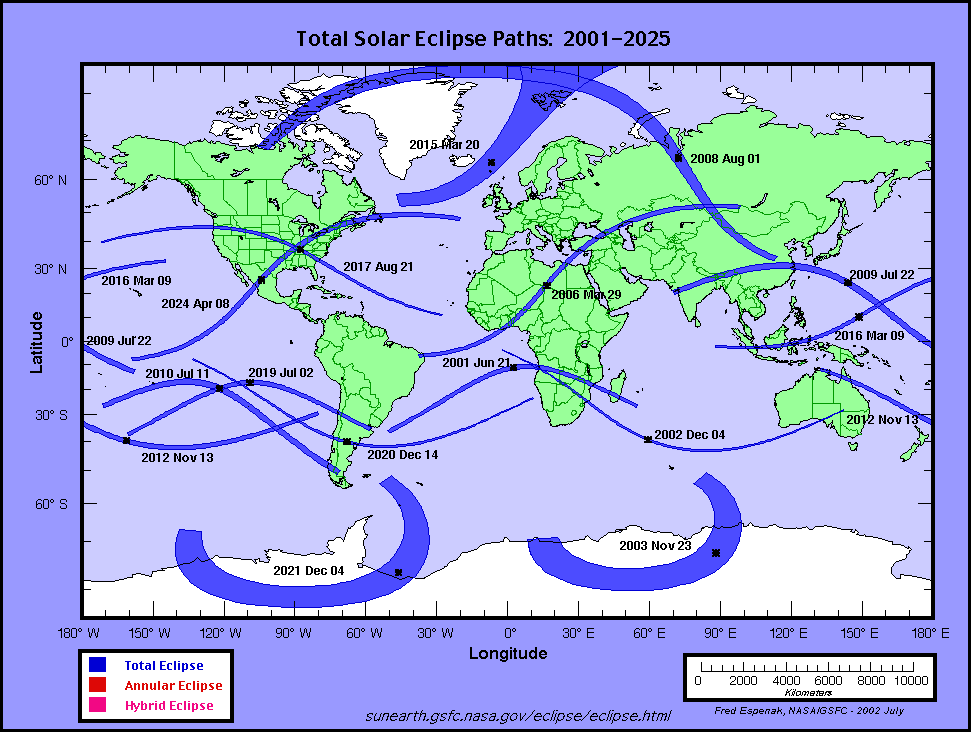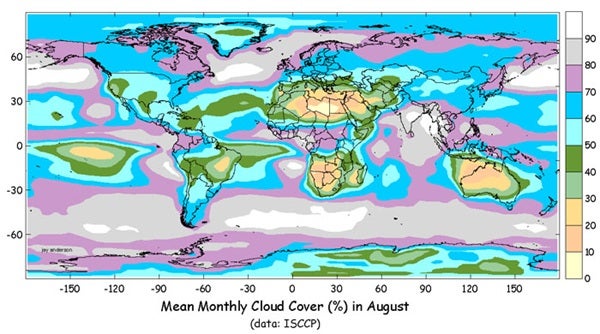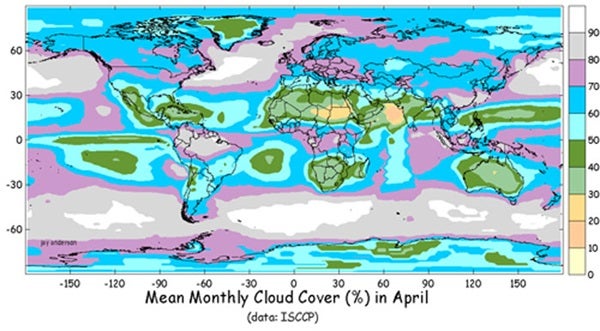| Astronomy is co-hosting 2 trips to view the March 29, 2006, total solar eclipse. |
|
|
|
|
| For more information, visit Astronomy’s trips and tours page. |
Observers in the central United States won’t have to wait as long for the next total solar eclipse, which occurs April 8, 2024. The shadow will be wider than the previous eclipse’s — 123 miles (198km) wide. Eclipse maximum will occur near Santa Maria Del Oro, Mexico, at 18h17m13s UT and will last 4 minutes and 8 seconds. The shadow will pass into the United States after eclipse max — into Comstock, Texas, at 18h30m UT — and travel northeast for roughly an hour. The path’s center will leave the United States before the outer sections, which will pass the northern border of Maine at 19h33m UT.
Both paths overlap in southern Illinois, southeastern Missouri, and western Kentucky, giving residents two total solar eclipses in 6 years.
Remember to research weather prospects for the two events before making your observing plans. Cloud-cover averages are a good place to start looking this far in advance. On average in the United States, April is a cloudier month than August. Of course, different areas of the country vary.












